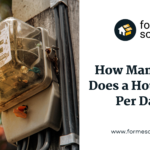
Table of Contents
How Long Can You Run Your House on a Tesla Powerwall?
If you're thinking about purchasing a Tesla Powerwall or any other solar battery, you're undoubtedly asking, "How much of my home can I power with this battery, and how long will it last?" The answer isn't simple since it depends on how much electricity your home regularly uses. But don't worry; we're here to help you. We've broken down several steps you may take to obtain a general sense of what to expect from your solar battery depending on your household's energy use patterns.
How Much Power Will a Tesla Powerwall Produce?
Let's start by answering the "how much" question. Really, all you need to know to find the answer is how much electricity your home requires and how much power the Tesla Powerwall can deliver. The number of appliances the Powerwall can power may then be determined by comparing the two. These batteries' power is expressed in amps (A) or kilowatts (kW). Kilowatts are a measure of power, while amps are a measure of current. This is the straightforward formula to convert amps to kilowatts (just divide by 1,000 to find watts):
Kilowatts = (amps x voltage) / 1,000
This formula may be used to determine how much electricity each of your appliance use, and you can then compare the total to the Tesla Powerwall's power output.
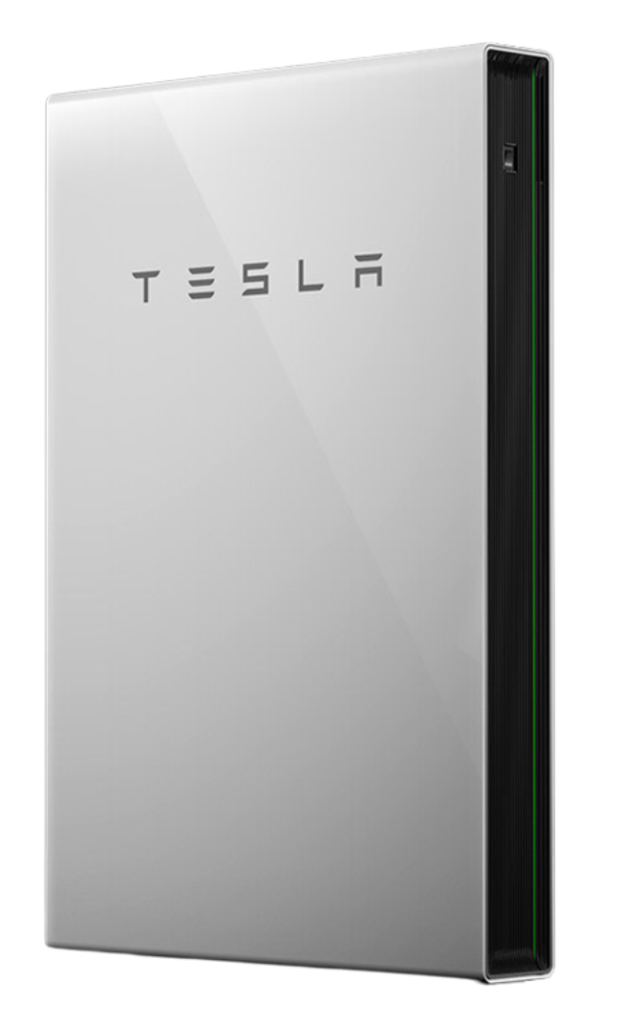
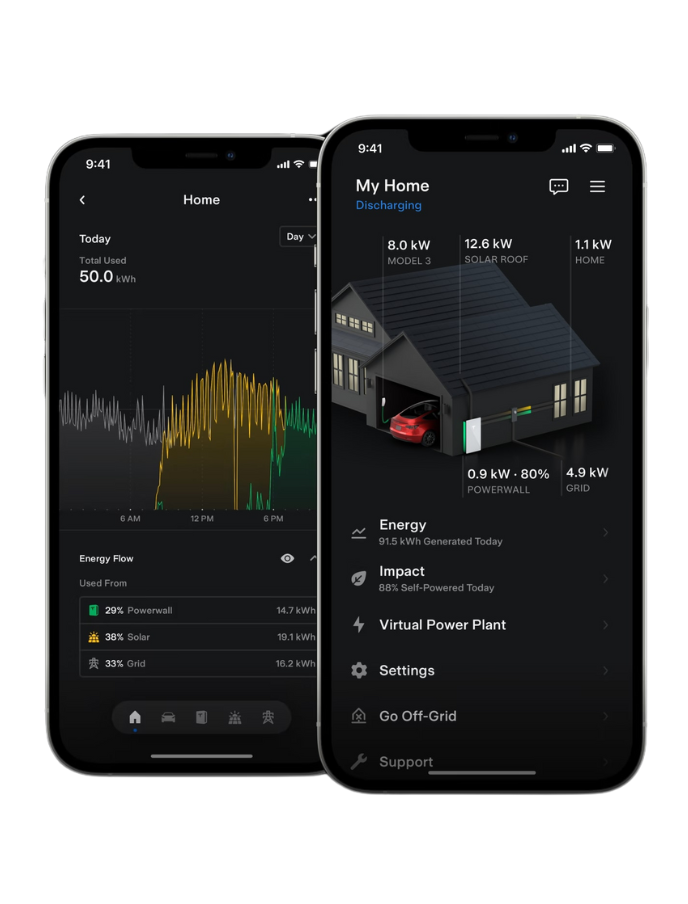
How Much Power Do You Need?
Knowing how much electricity your home requires is important in selecting the appropriate size for your solar battery installation. First things first, decide which appliances you want to continue using in the event of a power loss. Things like lighting, refrigerators, and medical equipment may fall under this category.
You or your solar installer will need to figure out how much energy each of these items uses in order to determine your exact power needs. This entails figuring out the wattage of every single appliance.
You may more effectively assess the size and capacity of your solar battery system and make sure it can provide your home's energy needs even during protracted blackouts by precisely calculating the combined wattage of your appliances.
For example, using a television that requires 230 Watts of electricity for five hours would use 1,150 Watt-hours, which is slightly more than one kilowatt-hour (the unit used to compute your utility bill). You may also lower your electricity cost by realizing how much specific power-hungry equipment contribute to your monthly electricity usage.
How Much Power Can the Tesla Powerwall Provide?
After determining the total amount of power used by your house, you may compare this figure to the Powerwall's power rating. You need to consider two ratings for batteries, such as continuous power and immediate power, such as the Powerwall.
Instantaneous power is the amount of power needed to turn on an appliance, such as the engine in a car. When your machine first starts up, it will require a lot of electricity, but after that, it will use much less power. This measure will then be relevant, thus you should find out whether your appliances have a surge requirement.
Instantaneous Power Rating of Tesla Powerwall = 7 kW
The power your battery can deliver continuously is what's meant to power an engine for an extended amount of time, such as when your automobile starts and has to be kept running. This will let you know how many appliances you can operate for an extended amount of time—let's say an hour or longer.
Continuous Power of Tesla Powerwall = 5 kW
For batteries of this type, which often vary in power from 5-8 kW, this continuous power rating is very average.
Free Solar Panel Installation Quote!
Solar Panel Installer. Transparent Pricing. Fast Quotes!
How Long Will the Tesla Powerwall Provide Power?
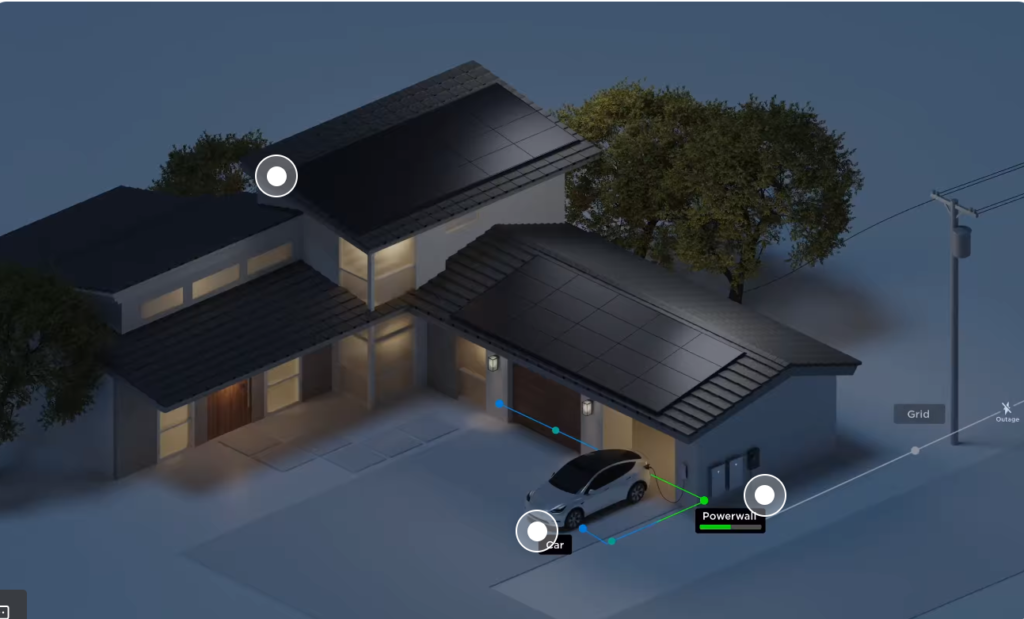
The answer to "how long" depends once more on two variables: the amount of usable storage space and the duration of time you spend utilizing each appliance. It is also crucial to take into account whether or not you have solar panels installed in addition to your batteries.
Usable storage capacity
The amount of power that a battery can store is measured by its usable storage capacity. Since usable storage capacity indicates consuming a certain quantity of power (kW) for a specific period of time (hours), it is given in kilowatt-hours (kWh).
Tesla Powerwall usable storage capacity = 13.5 kWh
In practical terms, this implies that you can consume 1 kW for 13.5 hours, 1 kW for 13.5 hours, or a combination of the two.
Duration of time you're using each appliance
Determining which appliances and for how long is the next step you should take. Here are some typical instances of how these estimates are made based on the power usage of your specific equipment. With the Tesla Powerwall, can supply electricity to a:
- An air source heat pump with 3,500 W for less than 4 hours
- TV with 300 W for 45 hours
- 67.5 hours in a 200 W refrigerator
- five lightbulbs of 20 W each for 135 hours
- a 540-hour phone charger with 25 W power
- or 2,250 hours with a 6 W WiFi router
Here's the crucial thing to keep in mind: the Tesla Powerwall's endurance will vary depending on how many of these you're likely to be running at any given moment. The time you have to run the refrigerator will be reduced, for instance, if you wish to turn on the lights in another room while the refrigerator is running.
Determine the power consumption of the important devices you would require in the event of a blackout, such as your laptops, WiFi, and refrigerator, and use that information to estimate how long your Powerwall will last.
Are You Using Solar Energy with Your Powerwall?
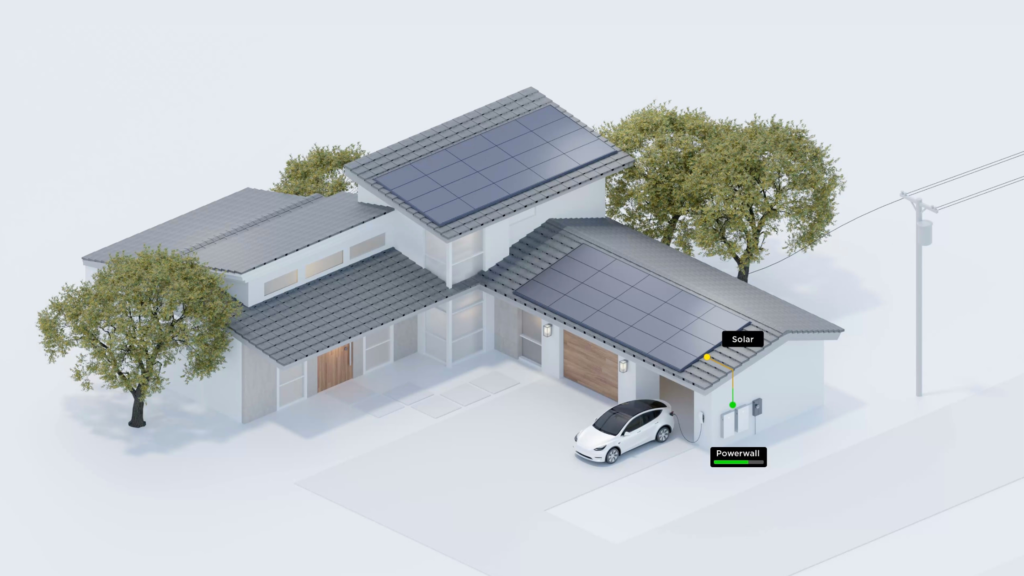
Another crucial factor to think about is whether or not your battery is connected to solar power. This battery will be your only source of energy in the case of a blackout if you only have a solo Powerwall. It cannot be recharged until grid power is restored. But if you also have solar panels, you can store the energy generated by your panels in the battery, which will allow you to recharge the Powerwall virtually endlessly.
Are you interested in finding out more about how to make use of solar energy storage using a battery like a Tesla Powerwall? See our detailed guide on solar batteries by clicking this link.
How Long Does It Take to Charge a Tesla Powerwall?
The amount of energy being stored and its source are two important variables that affect the answer. The amount of time it takes to fully charge your Powerwall while using solar panels to power it might vary from 6 to 10 hours, depending on the size of your system. It will take much less time if you are using the grid directly to get your power, often 4-6 hours.
Naturally, depending on your electrical supplier and kind of setup, these times may change. The charging time might be greater if, for instance, your grid connection is low voltage (220–240 V) as opposed to high voltage (380–400 V). It is noteworthy to mention that external factors such as cloud cover or frigid temperatures may have an impact on charging durations.
Your Powerwall's ability to discharge also relies on a number of variables, including the type of device you're using it with and how much energy is being used. However, a 14 kWh Powerwall's average discharge rate is around 5 kW per hour, which means it will take about 3 hours to completely drain its reserves. In addition, a lot of houses with solar batteries frequently find that they may save even more money by releasing a portion of their stored energy during periods of high electricity demand!
How Much Does a Tesla Powerwall Cost?
If you want to save money on your electricity bill, solar panels are an excellent option. Solar panels not only lessen your dependency on the grid, but they also generate electricity that can be used to power your home continuously.
Apart from serving as a solar energy storage device, a Tesla Powerwall could also help you in adhering to state regulations such as the renewable energy standard in NY or the solar master plan in CA. So, whether you want to reduce your carbon footprint or save money on your electricity bill, a Tesla Powerwall is something you should really think about!
Cost of a Tesla Powerwall
With a discount, the price of a single Tesla Powerwall battery starts at $11,500; however, the cost of a unit can go up to $15,000 or more, depending on where you reside.
The cost of additional Tesla Powerwall’s decreases as you place larger battery orders. For instance, ordering five Tesla Powerwall batteries comes with a cost of $8,100 each, or $40,500 after the discount is applied.
During a blackout, a single Tesla Powerwall battery could be sufficient to power your house, or at least the essentials like the outlets and lights. You will probably need more batteries, though, in order to store more solar energy and run larger appliances.
When you buy Powerwall units from Tesla's website, you must provide your address and average power bill amount. (Tesla can also estimate your roof square footage using the address you enter.) Tesla will then make suggestions for a solar roof or solar panels, as well as the amount of batteries your home would most likely require.
The initial cost of Tesla Powerwall batteries is broken down in the table below, but by inputting your address on the Tesla website, you may receive a more precise estimate for your house.
| Tesla Powerwall Units | Per-Unit Cost | Total Installation Cost |
| 1 | $11,500 | $11,500 |
| 2 | $9,250.00 | $18,500 |
| 3 | $8,500.00 | $25,500 |
| 4 | $8,125.00 | $32,500 |
| 5 | $8,100.00 | $40,500 |
| 6 | $8,083.33 | $48,500 |
| 7 | $8,071.43 | $56,500 |
| 8 | $8,062.50 | $64,500 |
| 9 | $8,055.56 | $72,500 |
| 10 | $8,050.00 | $80,500 |
| NOTE: Individual Powerwall solar batteries are not sold by Tesla. They must be bought along with a bigger Tesla home energy system, such as solar panels or a solar roof. Typically, solar panels cost $16,000. | ||
Is The Tesla Powerwall Worth it?
There are further advantages that make the Tesla Powerwall 2.0 an excellent investment in addition to cost savings. Listed below are a few of the causes:
Economics: The long-term cost savings associated with a Tesla Powerwall make it well worth the investment. You don't have to pay a dollar for the electricity it offers, despite the perhaps high initial cost of purchase. In addition, the unit requires little upkeep, and by balancing your regular power expenditures, it lets you recover your original investment.
Emergency Preparedness: Extreme weather and natural calamities have the potential to interrupt electrical grid power supplies. Power outages caused by these interruptions can last for hours or even days. By ensuring a consistent power supply in your house or place of business, Tesla Powerwall assists you in being ready for crises.
Environmental Benefits: The Tesla Powerwall stores energy from sustainable sources like solar and wind.
Nonrenewable energy sources such as coal account for a large share of the country's electric grid electricity. Tesla Powerwall’s cut energy consumption in the nation's households and businesses. Deploying the units also reduces the environmental damage caused by the combustion of coal and other fossil fuels.
Protection Against Power Outages: For homeowners looking to lower their energy expenses, become less dependent on the grid, and enhance their neighborhoods, the Tesla Powerwall 2.0 offers a variety of advantages. But this doesn’t mean it is the best investment for everyone.
What is the Difference Between Powerwall 2 And the Powerwall 3?
The newest Tesla battery to go on sale is the Powerwall 3. The primary distinction between the Powerwall 3 and previous versions is the integrated hybrid solar inverter. With its six solar inputs, the Powerwall 3 unit may be paired with huge solar systems up to 20 kW in capacity. Additionally, it has an amazing 11.5 kW continuous power output, which is sufficient to run even the most power-hungry appliances.
When putting new solar panels on a home, the Powerwall 3 works well, especially if the system is big. It's also an excellent battery storage choice for households who wish to run power-hungry equipment like a sump pump or air conditioner because of its high-power output. However, newer does not always mean better. People who have solar panels on their roofs might choose the Powerwall 2, which is easier to connect to an existing solar system. Powerwall 2 systems may easily be expanded with more Powerwall units. So, if you require more than 54 kWh of storage, consider the Powerwall 2.
Find out what solar panel cost in 2024!
Solar Panel Installer. Transparent Pricing. Fast Quotes!
Final Thoughts
The Powerwall's capacity to support a certain amount of your house and for how long ultimately relies on the particular appliances you use. There are trade-offs when using the Powerwall's power since, like any other battery, it has a finite storage capacity (unless you connect it with solar!).
During a blackout, you can count on the Powerwall to last you around a day if you're just using the necessities, such as your phone, electricity, refrigerator, and a few lights. On the other hand, the power will run out much faster if you keep adding equipment, like as your TV or air conditioner. About 24 hours for the necessities is usually a reasonable rule of thumb, however your specific power demands may differ.
In the unlikely event that you have worries about your Powerwall's charge, don't! Through the Tesla app, you can adjust the Powerwall's energy consumption to suit your needs—for example, optimizing safety in the event of a power outage—and keep an eye on its energy contents.
Get a Free Quote on Forme Solar
If you're interested in a solar-plus-storage system like the Powerwall, Call us today at 714-694-2262 to set up an appointment with one of our experts. We guarantee top-notch workmanship, and a transparent sales process. Finding the right solar installation company does not have to be a chore. Just call Forme Solar for fast, friendly service. From Solar Installation to a Battery Backup Solution to protect against outages, we treat all of our customers with the same level of urgency. You can count on us to provide prompt service and fast turnarounds.











